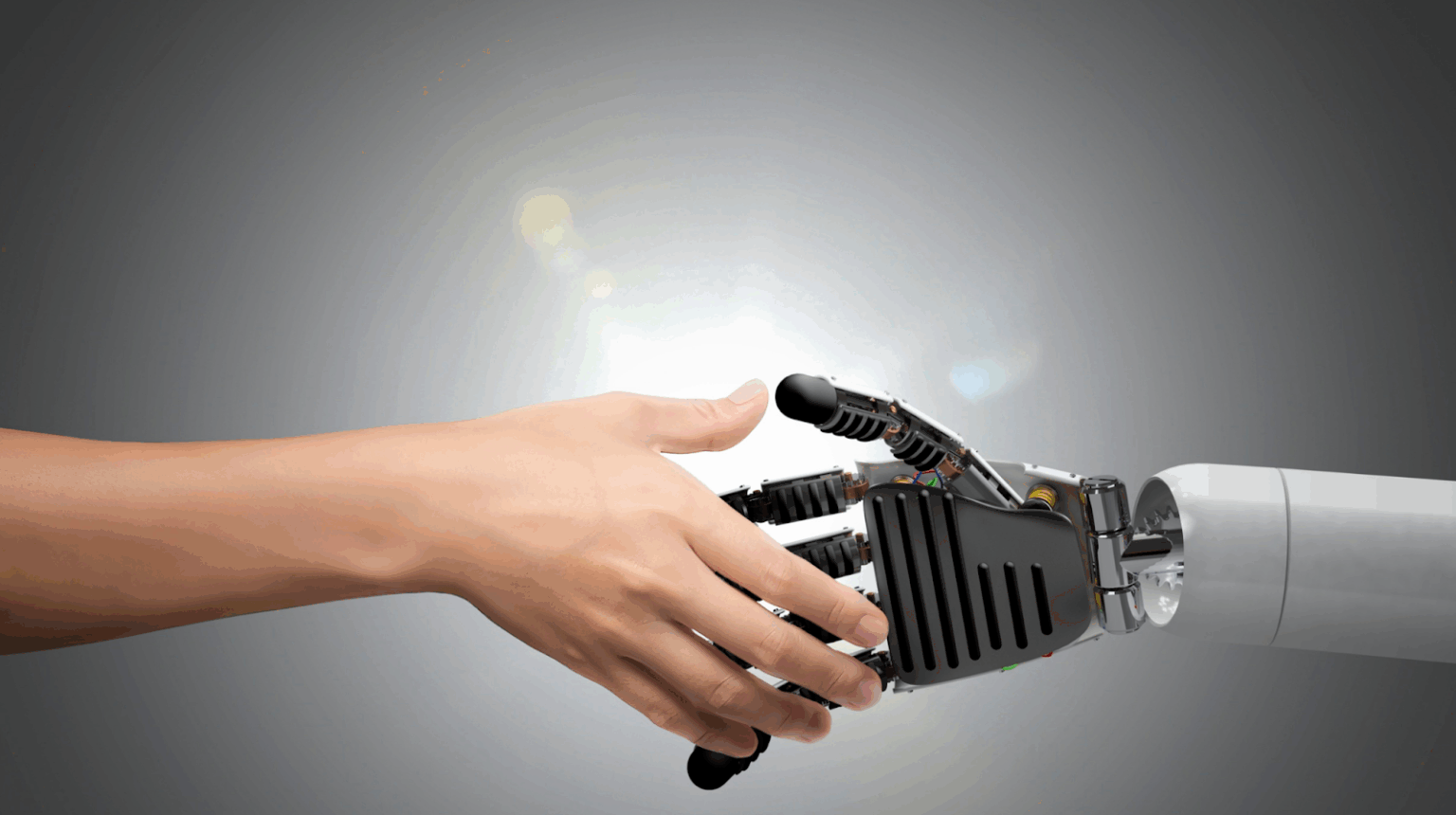In recent years, Florida’s casino landscape has undergone a quiet but powerful transformation, one driven not by décor or entertainment offerings, but by cutting-edge security technologies. As these entertainment hubs evolve, so do the ways to ensure that every guest, staff member, and transaction is safeguarded. From discreet AI surveillance to touchless screening systems, the Sunshine State’s casinos are embracing innovation with both precision and purpose. But what do these changes look like on the ground, and how are they reshaping the guest experience?
Smarter surveillance and the rise of intelligent eyes
Today’s casino floors look much the same on the surface: chips clinking, cards shuffled, digital reels spinning. But overhead and behind the scenes, a different kind of game is being played, one powered by AI-driven surveillance systems that do far more than simply record footage.
These systems are now capable of facial recognition, allowing quick identification of flagged individuals or staff who require access to restricted areas. More impressively, the technology isn’t just reactive. Using behavioral analytics, it can recognize unusual movement patterns, subtle shifts in posture, or escalations in body language that may suggest tension or distress. For security teams, this means faster response times and more efficient monitoring across sprawling casino properties.
Smart playback features further enhance the ability to investigate past incidents. Instead of sifting through endless video reels, AI pinpoints relevant footage using contextual search, almost like asking a search engine to find a moment buried in hours of live stream. This isn’t about flashy tech for tech’s sake; it’s about making oversight seamless, responsive, and less prone to human error.
Connecting systems for a bigger picture
Historically, security systems operated in silos. Cameras recorded, radios relayed, access controls triggered alerts, each function served its purpose, but rarely in harmony. That’s changed with the emergence of fully integrated security ecosystems.
These platforms unify video feeds, radio communications, access logs, and data analytics into a single command center. The result? A more complete and real-time understanding of activity across the entire property. If an incident unfolds on the gaming floor and spills into a service corridor, for instance, the integrated system connects those events instantly, allowing security staff to follow the situation in real time rather than piece it together after the fact.
It’s a shift toward proactive rather than reactive management, and in a fast-paced environment like a casino, that difference can be significant. The blend of communication, automation, and real-time data is more than just efficient, it’s essential for operational flow.
Welcoming without compromising safety
No one wants to feel like they’re entering a high-security facility when stepping into a resort. That’s where contactless screening comes into play. Using advanced sensors and AI, guests now pass through entry points without the clunky process of bag checks or wand scans. It’s subtle, seamless, and surprisingly effective.
Technologies like Evolv offer a wide range of threat detection using sensors that resemble sleek archways. These systems allow patrons to walk through without slowing down, maintaining both the pace and spirit of hospitality. At the same time, external measures like license plate recognition enhance perimeter awareness, helping security stay a step ahead, before guests even step inside.
This balance between safety and welcome is delicate, but in Florida’s competitive hospitality scene, it’s become a key differentiator.
Cameras that see more and say less
Visual clarity is at the heart of modern surveillance. With ultra-HD cameras now standard, every table, hallway, and public area can be monitored in extraordinary detail, even in low-light settings. Whether it’s the flick of a wrist or the swipe of a card, modern imaging leaves little to ambiguity.
Yet alongside that visual fidelity comes the need for restraint. Data privacy is a major focus, and casinos are responding with encrypted biometric data storage, strict access protocols, and device authentication that ensures footage remains secure. It’s no longer just about what you see, it’s about who can see it, and under what conditions.
From safety to strategy
Much of this technology finds application outside the scope of traditional security duties. For example, the AI doesn’t only look for anomalies; in fact, it reviews the movement of crowds so that casinos optimize their staff deployment and guest flow. It may pick up peak hours at popular tables or underutilized spaces and inform layout changes or staffing shifts.
Payment methods are also evolving with systems being secured and made transparent. Cashless options, together with blockchain integrations, take root offering traceability coupled with convenience. These tools do not only make life easier for guests but provide the operations team with a real-time, bird’s-eye view of what’s happening across the property.
Hotel integration is also advancing. New Florida resorts, especially the ones under well-known brands are taking in RFID mobile keys and digital room access that ties together with the broader security infrastructure of the casino. What comes out is an experience where every touchpoint has safety for guests integrated right into it.
All in all
Today’s casino security in Florida is not something confined to a small back room or even just to camera rooms. It’s a front-and-center, integrated force carefully interwoven throughout the guest journey from parking lots to penthouse suites. The most compelling aspect of this evolution is perhaps how seamlessly it fades into the background. The tech is there, performing in silence, though in ways that most visitors may never come to notice.
As technology evolves, so will expectations. What once would have been considered a fine spectacle and entertainment feature by casinos will now need to be benchmarked against a range of security and operational considerations. Some of the greatest innovations appear when least expected.





